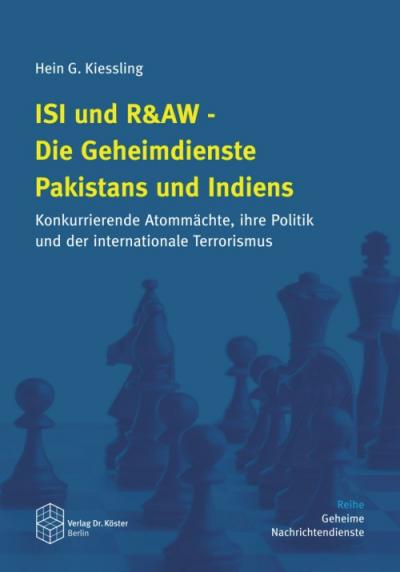Open Source Intelligence (OSINT), understood as tradecraft using exclusively open (here defined as legally and effectively accessible/usable by everybody) sources and means, can indeed contribute to an information advantage over adversarial forces. However, we can safely assume that free societies produce more reliable open information with relevance for their adversaries in comparison with unfree, potentially hostile countries. Given that our adversary has access to media fed mainly with information from and about us, this then results in a disadvantage on our side which needs to be compensated through appropriate safeguarding measures. As much as it may sound contradicting at first, in principle OSINT, as a contribution to a security critical intelligence requirement, presumes safeguarding throughout the whole of the intelligence cycle, including planning and direction, collection, processing, analysis and production, as well as dissemination.
We are assessing the potential of OSINT in all phases of an All Sources Intelligence (ASINT) cycle and will here briefly describe the aspects of open safeguarding techniques and tools. It must be emphasized that here OSINT presumes a government mandate, but to contest the capabilities of governments we consider sources and means that are legally and effectively applicable by everybody. This approach is consistent with economic theory where state action can only be justified in case it outperforms the market. Seeing national security as a public good, its provision has to be at least regulated by the state although it does not automatically exclude the possibility of a non-state contribution.
Throughout the whole of the cycle basic management and scientific principles must be applied. In particular science can contribute much to the consistency, robustness and conclusiveness of tradecraft. However, information safeguarding usually plays only a minor role in science compared with the intelligence community (IC). So in in terms of safeguarding, the IC should have a superior competence. Nevertheless, there exist numerous effective techniques and tools which are relatively easy to apply by everybody, often free of charge.
Vanity and curiosity drive people into feeding the internet with a lot of personal information (although with a doubtable reliability) reducing the necessity for active investigation. An unlimited but controlled access to the internet is therefore inevitable for governments and also an essential part of its vetting, even though security reasons are often used to justify a limitation of internet use within some government branches. The balance between both government’s and the public’s claims for information and safety is much discussed. No matter on which side one stands, the public sometimes does a much better job in being informed and safe at the same time.
Safe, encrypted and anonymous internet browsing and communication is available to everybody for free with open source software such as Firefox, CS Lite, NoScript, RefControl, i2p, Tor, Thunderbird, True Crypt, Enigmail and GnuPG and with Wifi Protected Access (WPA2) and TLS/SSL-use. Linux represents a safe and free operating system which has become perfectly usable and easy to install for everybody years ago. In addition, it can easily be encrypted completely with the Linux Unified Key Setup (LUKS).
The above means are legally and effectively usable by everybody and they allow a maximum of information and safety at the same time. It is therefore mandatory for the state to incorporate this competence from the public to fulfill its own claims of partial information dominance and safety simultaneously. Not surprisingly though, with adversaries also being among citizens, governments show a natural discomfort with anything that enables the public to protect its privacy.






Post a Comment